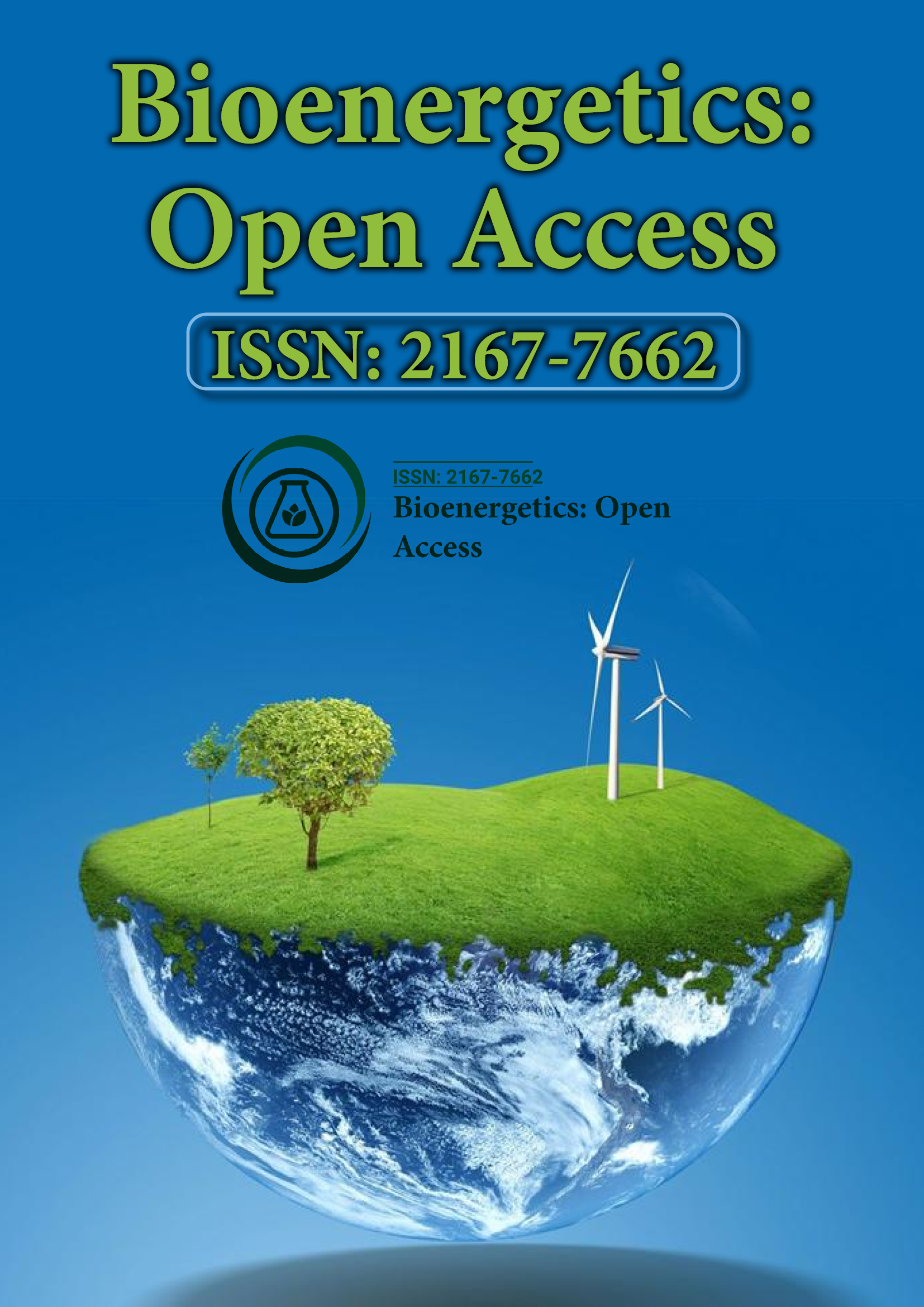Indexed In
- Open J Gate
- Genamics JournalSeek
- Academic Keys
- ResearchBible
- RefSeek
- Directory of Research Journal Indexing (DRJI)
- Hamdard University
- EBSCO A-Z
- OCLC- WorldCat
- Scholarsteer
- Publons
- Euro Pub
- Google Scholar
Useful Links
Share This Page
Journal Flyer

Open Access Journals
- Agri and Aquaculture
- Biochemistry
- Bioinformatics & Systems Biology
- Business & Management
- Chemistry
- Clinical Sciences
- Engineering
- Food & Nutrition
- General Science
- Genetics & Molecular Biology
- Immunology & Microbiology
- Medical Sciences
- Neuroscience & Psychology
- Nursing & Health Care
- Pharmaceutical Sciences
Commentary - (2025) Volume 13, Issue 1
Environmental and Ecological Impacts of CuO Nanoparticle Applications
Benjamin Carter*Received: 19-Feb-2025, Manuscript No. BEG-25-28877 ; Editor assigned: 21-Feb-2025, Pre QC No. BEG-25-28877 (PQ); Reviewed: 07-Mar-2025, QC No. BEG-25-28877 ; Revised: 14-Mar-2025, Manuscript No. BEG-25-28877 (R); Published: 21-Mar-2025, DOI: 10.35248/2167-7662.25.13.294
Description
The rapidly expanding field of nanomedicine continues to explore the multifunctional applications of metal oxide nanoparticles, and among them, Copper Oxide (CuO) nanoparticles have attracted increasing attention due to their unique physicochemical characteristics and bioactive properties. In particular, the convergence of biothermodynamic behavior, antiproliferative efficacy and antimicrobial potency makes synthesized CuO nanoparticles a compelling subject for biomedical innovation and therapeutic development. As research deepens in this area, it becomes essential to contextualize these findings, assess their translational value and identify the scientific and technical gaps that remain.
Copper is a redox-active metal known for its involvement in essential biological processes such as oxidative phosphorylation, iron metabolism and connective tissue formation. When engineered at the nanoscale, CuO exhibits enhanced surface activity, catalytic reactivity and controlled solubility properties that fundamentally support its interactions with biological systems. Recent thermodynamic investigations suggest that CuO nanoparticles display favorable Gibbs free energy values for membrane interaction and cellular uptake, which enhances their capacity to penetrate cells and induce intracellular responses. These thermodynamic profiles also influence their dispersibility and aggregation in physiological environments, factors critical for bioavailability and therapeutic efficacy.
From a biomedical standpoint, the antiproliferative activity of CuO nanoparticles has generated substantial interest, especially in the context of cancer therapy. Several studies have demonstrated that these nanoparticles can induce Reactive Oxygen Species (ROS)-mediated apoptosis in cancer cells, including breast, colon and cervical carcinoma lines. The oxidative stress triggered by CuO exposure leads to mitochondrial dysfunction, DNA fragmentation and activation of caspase-dependent apoptotic pathways. Interestingly, cancer cells tend to be more susceptible to CuO-induced ROS due to their higher baseline oxidative stress levels and impaired antioxidant defense mechanisms. This selectivity offers a therapeutic method that could be exploited in nanoparticle-mediated chemotherapy or combinatorial treatments.
Beyond their anticancer potential, CuO nanoparticles exhibit broad-spectrum antimicrobial activity against both Gram-positive and Gram-negative bacteria, as well as certain fungal pathogens. The antimicrobial mechanism is believed to involve membrane disruption, protein denaturation and interference with nucleic acid synthesis. The biothermodynamic interactions between CuO and microbial cell walls, governed by van der Waals forces, electrostatic interactions and hydration entropy, allow for effective adhesion and uptake of nanoparticles. Additionally, CuO can release Cu2+ ions, which contribute to toxicity through Fenton-like reactions that produce hydroxyl radicals. This dual mode of action—nanoparticle-induced mechanical disruption and ion-mediated oxidative stress—renders CuO an effective agent against antibiotic-resistant strains and biofilm-forming bacteria.
However, the translation of these laboratory findings into real-world biomedical applications requires a more nuanced understanding of nanoparticle behavior in complex biological matrices. The fundamental concerns include the reproducibility of nanoparticle synthesis, surface functionalization strategies to enhance biocompatibility and the potential for off-target toxicity. In particular, the interaction of CuO nanoparticles with blood components, immune cells and the microbiota must be carefully evaluated to ensure systemic safety. Biothermodynamic modeling could aid in predicting biodistribution, cellular uptake and elimination pathways, which would facilitate rational design for clinical use.
Another aspect that warrants consideration is the environmental and ecological impact of CuO nanoparticles, particularly given their use in medical coatings, water purification and agricultural applications. While antimicrobial properties are beneficial in many contexts, the potential for ecosystem disruption due to microbial community shifts and the development of resistance must be monitored. Therefore, the synthesis of CuO nanoparticles should prioritize green chemistry principles and lifecycle assessments to minimize environmental footprints.
In the context of therapeutic development, a multidisciplinary approach involving materials science, molecular biology, pharmacokinetics and computational modeling will be essential. For example, combining CuO nanoparticles with drug carriers or polymers could modulate release profiles and reduce systemic toxicity. Likewise, conjugating targeting ligands to the nanoparticle surface may improve tissue-specific delivery and reduce accumulation in non-target organs. Clinical translation will also depend on establishing standardized protocols for characterization, toxicity testing and regulatory compliance.
In conclusion, synthesized copper oxide nanoparticles represent a potential platform with multifunctional biological properties, including favorable biothermodynamic profiles, potent antiproliferative effects and strong antimicrobial activity. While the preliminary results are encouraging, the path forward demands rigorous evaluation of safety, consistency in synthesis and integration with targeted delivery systems. As the field evolves, these nanoparticles could find wide-ranging applications in oncology, infectious disease control and beyond, provided their benefits are carefully weighed against their potential risks in both clinical and environmental contexts.
Citation: Carter B (2025). Environmental and Ecological Impacts of CuO Nanoparticle Applications. J Bio Energetics. 13:294.
Copyright: © 2025 Carter B. This is an open access article distributed under the terms of the Creative Commons Attribution License, which permits unrestricted use, distribution, and reproduction in any medium, provided the original author and source are credited.
